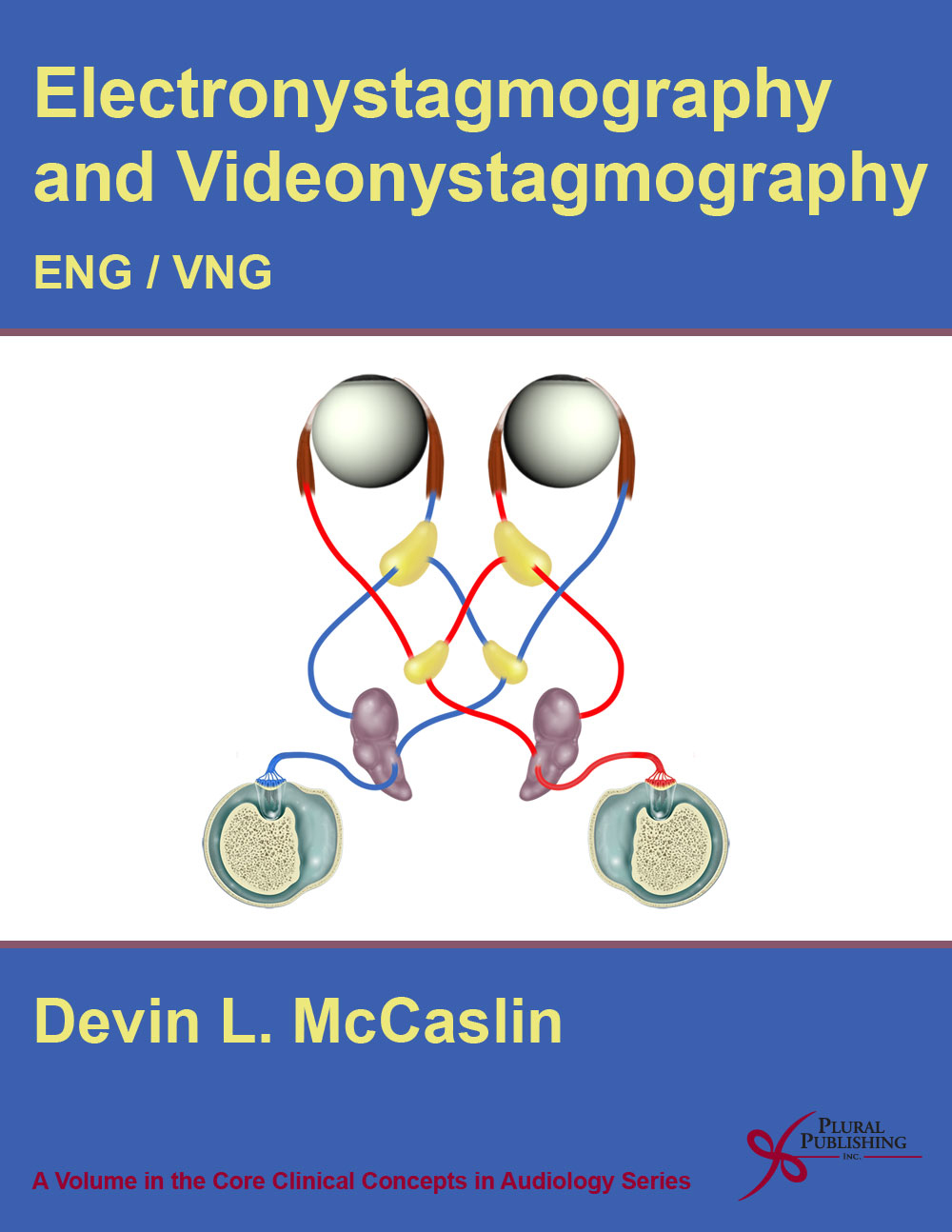
Electronystagmography and Videonystagmography: ENG/VNG
First Edition
Devin L. McCaslin
Details: 224 pages, 2-Color, Softcover, 8.5" x 11"
ISBN13: 978-1-59756-412-0
© 2013 | Available
This book provides a concise guide to conducting and interpreting the electronystamography/ videonystagmography examination. In order to provide a foundation for understanding ENG/VNG test results, the early sections of the text are dedicated to a description of normal and impaired peripheral and central vestibular system function. Also addressed is the process of central nervous system compensation. These sections are followed by a description and interpretation of the ENG/VNG subtests including: ocular motor testing, positional/ing testing and caloric testing. Finally, examples of counseling materials and illustrative case studies that serve to highlight the principles and techniques covered in the manual are provided. This text is designed to be a practical and portable resource for use in the clinic. It may serve as a text for students in training or as a practical summary of existing larger textbooks.
Douglas L. Beck interviews Devin McCaslin in The Hearing Review. Read the article here.
Reviews
"This book provides a good reference for anyone starting out in the field of balance assessment, and would be a useful book in any balance assessment clinic as a source of information from anatomy to test interpretation.
Anatomy and physiology are presented clearly in a way that relates to testing performed in the clinic. Clearly labeled diagrams step through the physiological responses from a basic level. Peripheral vestibular impairment and the processes of central nervous system compensation are described thoroughly with clear diagrams to explain the processes....
A section on history taking will help the balance student structure and work through a history to develop an impression of the patient's condition. There is a chapter dedicated to describing ENG and VNG and eye movement examinations with a description of the pathologies indicated, with a few trace examples to show abnormal results.
BPPV in all its various forms is well described with details on the anatomy physiology testing and treatment being covered and well referenced....
There are six appendices which include a selection of useful questionnaires and information leaflets for patients.
... [O]verall this is an ideal book for those wanting to learn about vestibular testing or to develop their knowledge through the reference section."
—John E FitzGerald BSc PhD CS, Consultant Clinical Scientist, Head of Audiological Services, Norfolk & Norwich University Hospitals, UK, in ENT & Audiology News, Vol 23 No 5 (November/December 2014)
"Overall, ENG/VNG is clearly written and easy to read. The seven chapters are logically organized with large, clearly labeled headings, making it easy to search through the book to find information on specific topics... Relevant research in each area discussed in the book is nicely distilled and woven into the text, and there is a wealth of references should the reader wish to further explore concepts covered in the book. In each chapter, there are useful summary tables along with borrowed, adapted, and original figures that clearly illustrate concepts described in the text ...I appreciated the author's comprehensive discussion of neural compensation. The figures related to this section were particularly helpful. In the thorough chapter regarding pretest, or 'bedside' evaluative procedures, the author points out the importance of considering the debilitative effects that a balance disorder can have on the functional and emotional aspects of an individual's life. I believe that in some cases, our focus on determination of system dysfunction results in less attention being paid to how this impairment affects a patient globally. The inclusion of the Dizziness Handicap Inventory in this section is helpful. Each occulomotor test is comprehensively reviewed, and the sections for each are clearly organized with a brief description of the test, how to assess, how to interpret and analyze recordings, followed by discussions of abnormal results that one may encounter. This sort of organization is great for students and clinicians alike...
In summary, ENG/VNG is nicely organized and executed. The text is current and supported by relevant examples from the literature. The author's writing style is straightforward and approachable. The included figures are well chosen and illustrative, adding to the value of this manual as a reference in both the clinic and the classroom, much like its predecessor from Barber and Stockwell. Finally, much like Manual of Electronystagmography, ENG/VNG is an ideal reference book that should serve students and clinicians well for years to come."
—David S. Velenovsky, PhD, CCC-A, in Ear and Hearing (March/April 2015)
Preface
Acknowledgments
1 Neural Control of Eye Movements
- Introduction
Hierarchy of the Oculomotor System
The "Final Common Pathway" of the Oculomotor System
Premotor System
Saccade System
Pursuit System
Gaze-Holding: The "Neural Integrator"
Optokinetic System
2 Anatomy and Physiology of the Vestibular System
- Introduction
Vestibular Hair Cells
Semicircular Canal Anatomy and Physiology
Otolith Organ Anatomy and Physiology
Primary Vestibular Afferent Projections
Anatomy of the Central Vestibular System
Vestibular Nystagmus
The VOR During Sustained Movement
3 Peripheral Vestibular Impairment and Central Nervous System Compensation
- Introduction
Effect of Unilateral Vestibular Lesions
Neural Basis of Vestibular Compensation
Laws of Compensation
Caloric Stimulation of the Vestibular System
4 Pretest Procedures for VNG
- Introduction
Case History
Assessment of Dizziness Handicap
Chronic Subjective Dizziness
Gross Eye Movement Examination
Otoscopic Examination
The VNG Environment
5 Eye Movement Examination
- Introduction
Instrumentation
EOG/ENG: Corneoretinal Potential
Using the CRP to Record Eye Movements
Saccade Test
Gaze Test
Smooth Pursuit Tracking Test
Optokinetic Test
6 Positional and Positioning Testing
- Static Positional Testing
Positioning Testing
Treatment of Benign Paroxysmal Positioning Vertigo
7 The Caloric Test
- Introduction
Components of the Caloric Test
Instrumentation
Preparation for the Caloric Test
Caloric Test Technique
Analysis of Caloric Responses
Interpretation of Caloric Responses
Technical Tips for Caloric Testing
Appendix A. Dizziness Questionnaire
Appendix B. A Patients Guide to Benign Paroxysmal Positional Vertigo (BPPV)
Appendix C. Vanderbilt Balance Disorders Laboratory Patient Brochure
Appendix D. Your Balance in 4 Pages Counseling Material
Appendix E. Example Alerting Tasks for Vestibular Testing
Appendix F. Reliability and Localizing Value of VNG Findings
References
Index
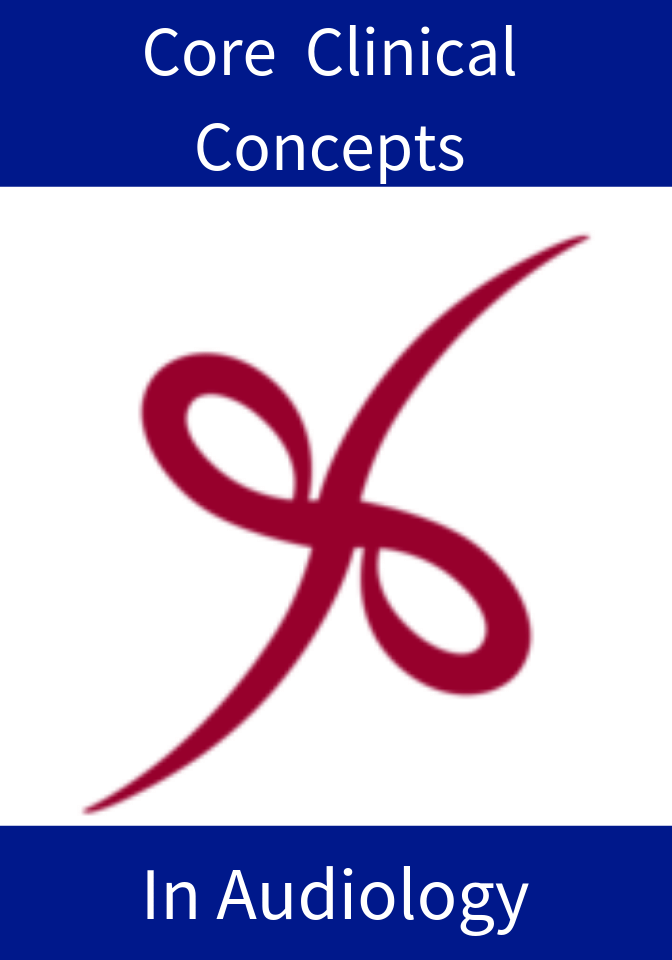
CORE CLINICAL CONCEPTS IN AUDIOLOGY
Brad Stach Ph.D., Series Editor
The Core Clinical Concepts Series provides graduate students and inquiring practitioners with practical materials for development of fundamental clinical knowledge and skills for audiology practice. This series consists of texts pertaining to core clinical concepts and practice methods, as well as supplementary materials designed to engage readers in active learning via application of concepts. Currently available audiology texts commonly provide exhaustive examination of broad topic areas, necessary for advanced scholarship. Not widely available are pedagogical materials that provide students with clear, accessible, and effective instruction in fundamental concepts and clinical methods and protocols of audiology. The Core Clinical Concepts in Audiology Series answers this need through its unique approach, organization, and style, designed to promote successful learning of students and professionals. Books in the Core Clinical Concepts Series are:
- Concise. The succinct construction of series texts allows readers to efficiently acquire essential concepts and skills.
- Consistent. The uniformity of text organization and style allows readers to effectively utilize familiar and reasoned organization of texts.
- Comprehensive. Bundled thematic sets provide readers with thorough coverage of specific topic areas.
- Integrated. Workbooks, case studies, and laboratory exercises provide opportunities for reflection, application, and assessment of learned information. These materials are designed to increase depth of reader learning by application of knowledge in a variety of contexts.
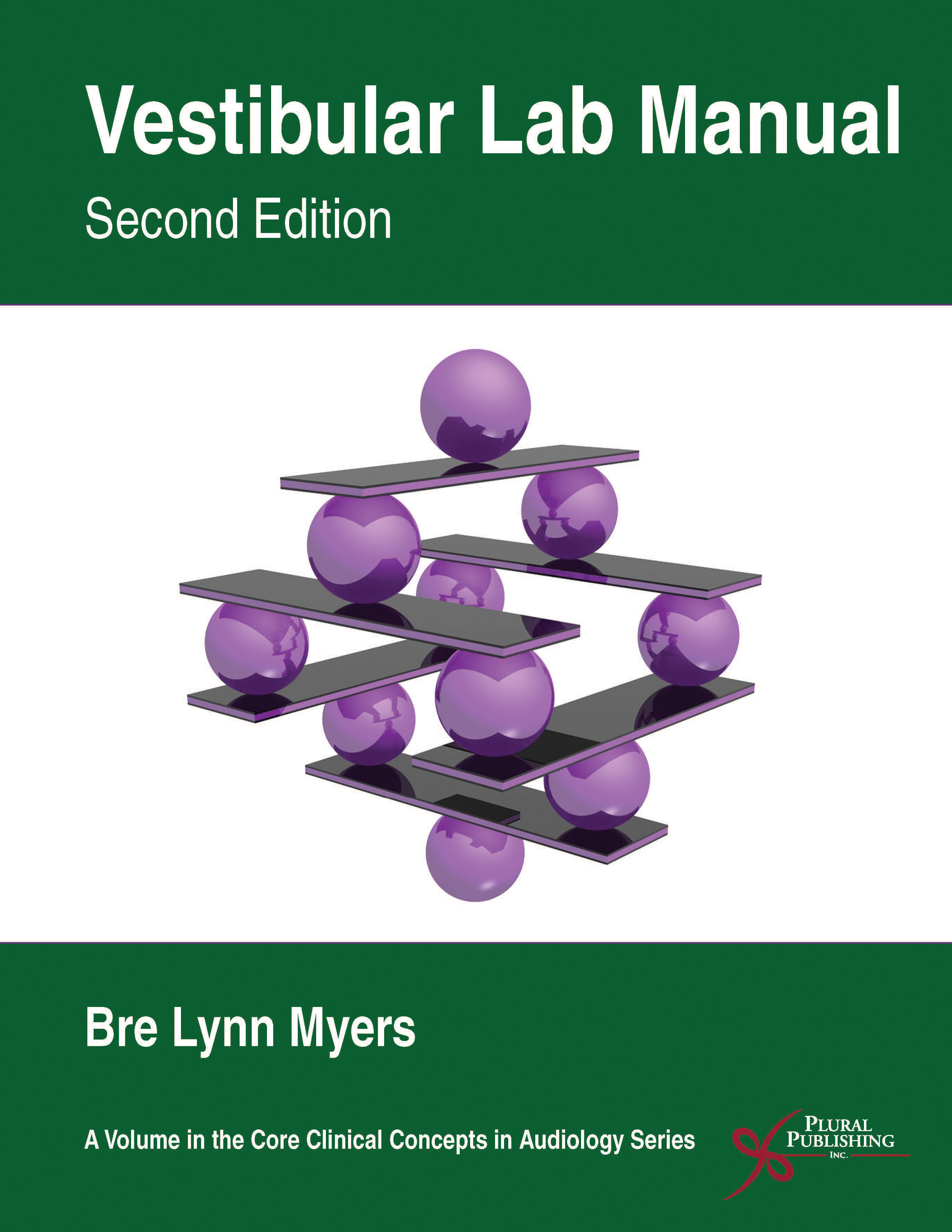
Vestibular Lab Manual
Second Edition
Bre Lynn Myers
Details: 170 pages, B&W, Spiral Bound, 8.5" x 11"
ISBN13: 978-1-63550-080-6
© 2020 | Available
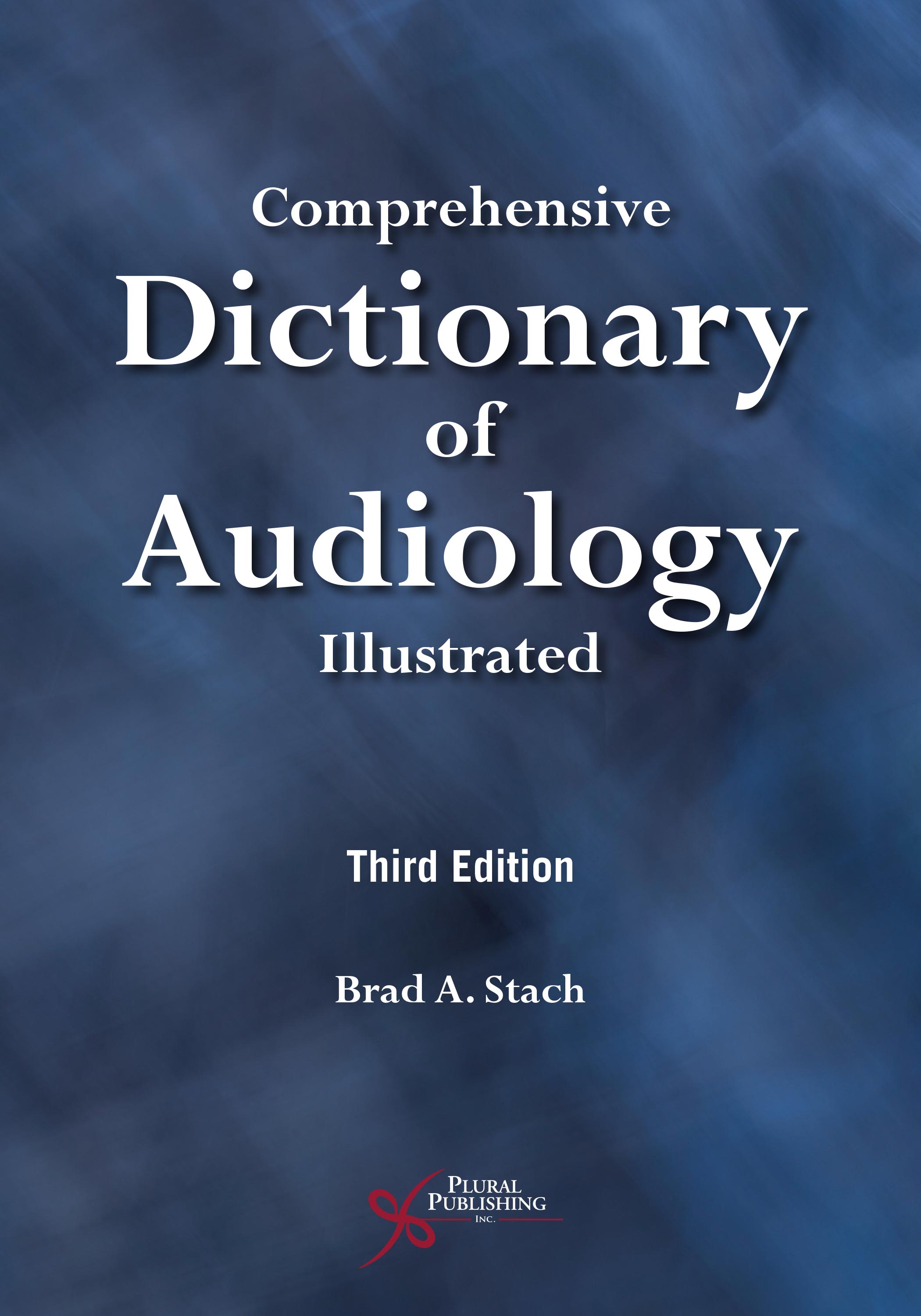
Comprehensive Dictionary of Audiology: Illustrated
Third Edition
Brad A. Stach
Details: 349 pages, B&W, Softcover, 7" x 10"
ISBN13: 978-1-94488-389-8
© 2019 | Available
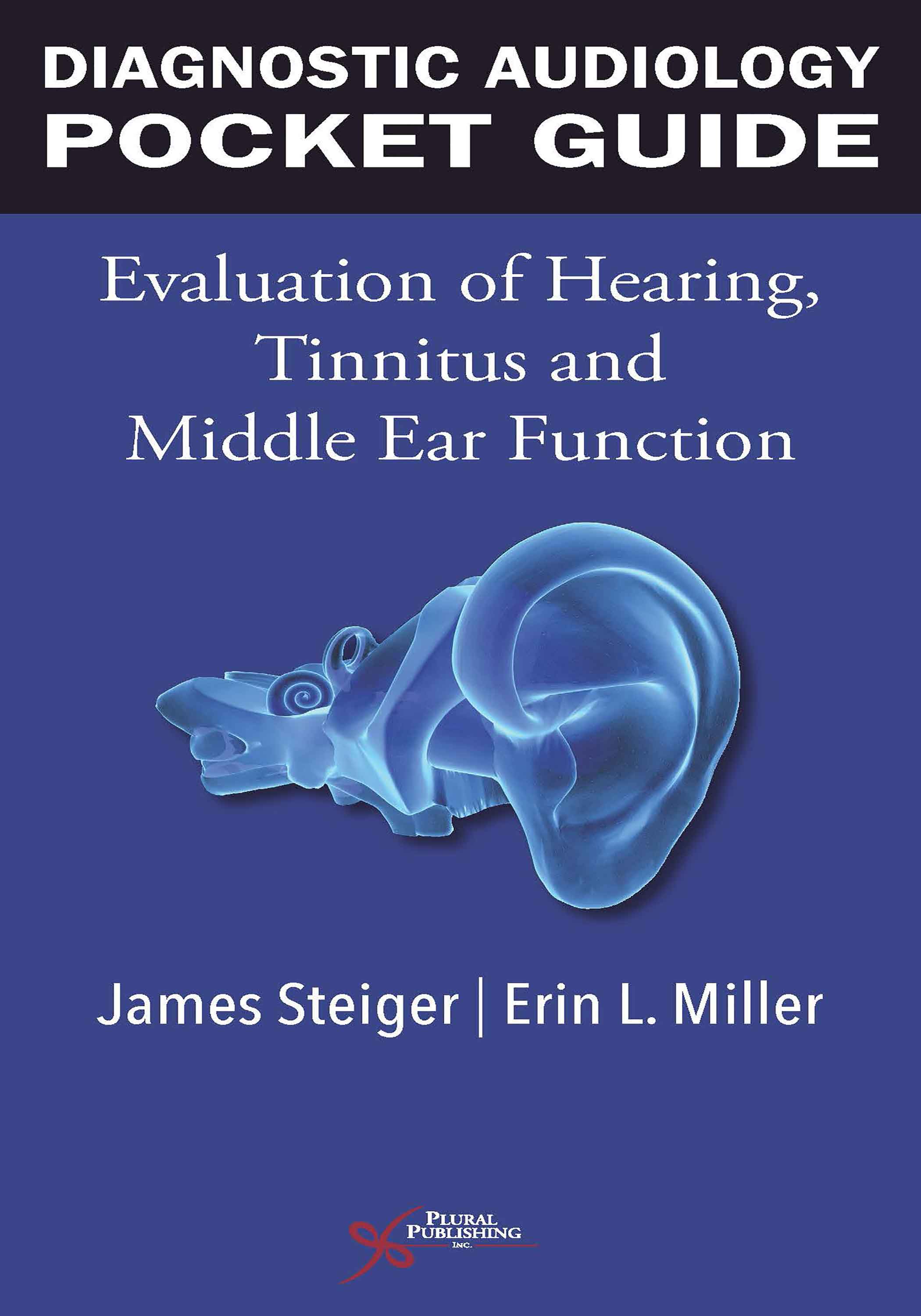
Diagnostic Audiology Pocket Guide: Evaluation of Hearing, Tinnitus, and Middle Ear Function
First Edition
James Steiger, Erin L. Miller
Details: 373 pages, B&W, Softcover, 4.5" x 8"
ISBN13: 978-1-94488-397-3
© 2017 | Available
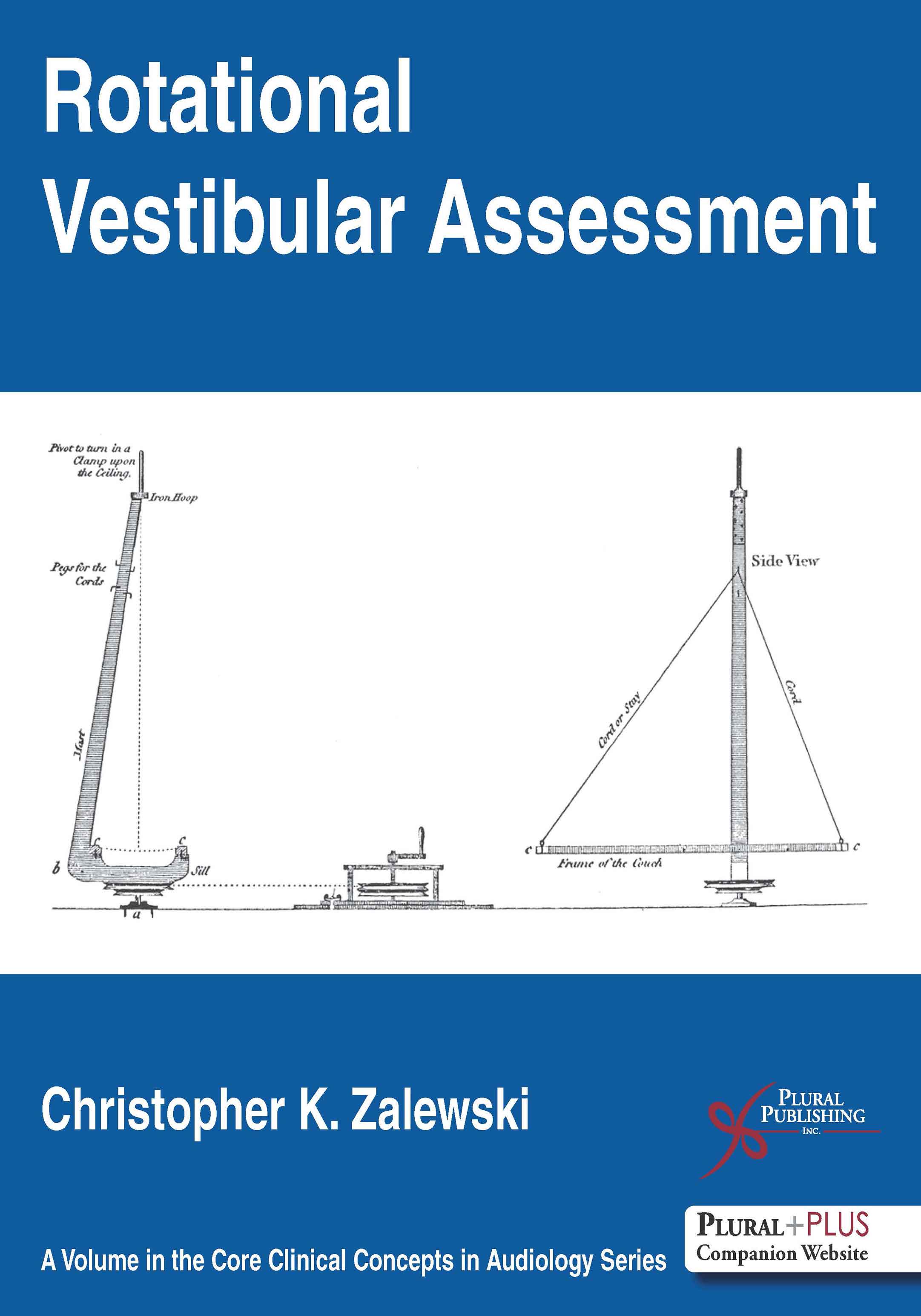
Rotational Vestibular Assessment
First Edition
Christopher K. Zalewski
Details: 322 pages, Full Color, Softcover, 8.5" x 11"
ISBN13: 978-1-59756-797-8
© 2018 | Available
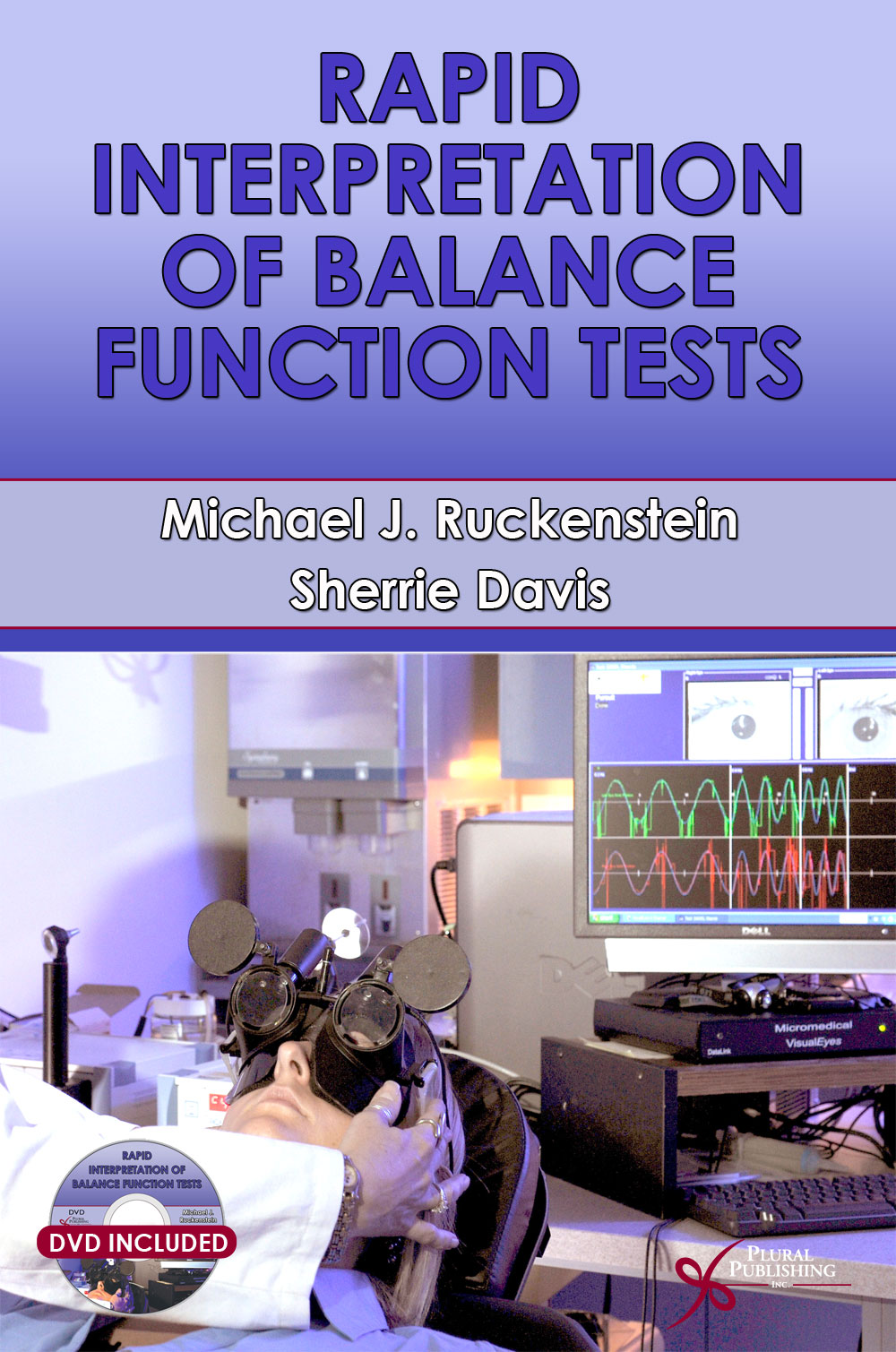
Rapid Interpretation of Balance Function Tests
First Edition
Michael J. Ruckenstein, Sherrie Davis
Details: 168 pages, B&W, Softcover, 6" x 9"
ISBN13: 978-1-59756-443-4
© 2015 | Available

Falls Assessment and Prevention: Home, Hospital, and Extended Care
First Edition
Lynn S. Alvord
Details: 192 pages, Illustrated (B/W), Softcover, 6 x 9"
ISBN13: 978-1-59756-120-4
© 2008 | Available
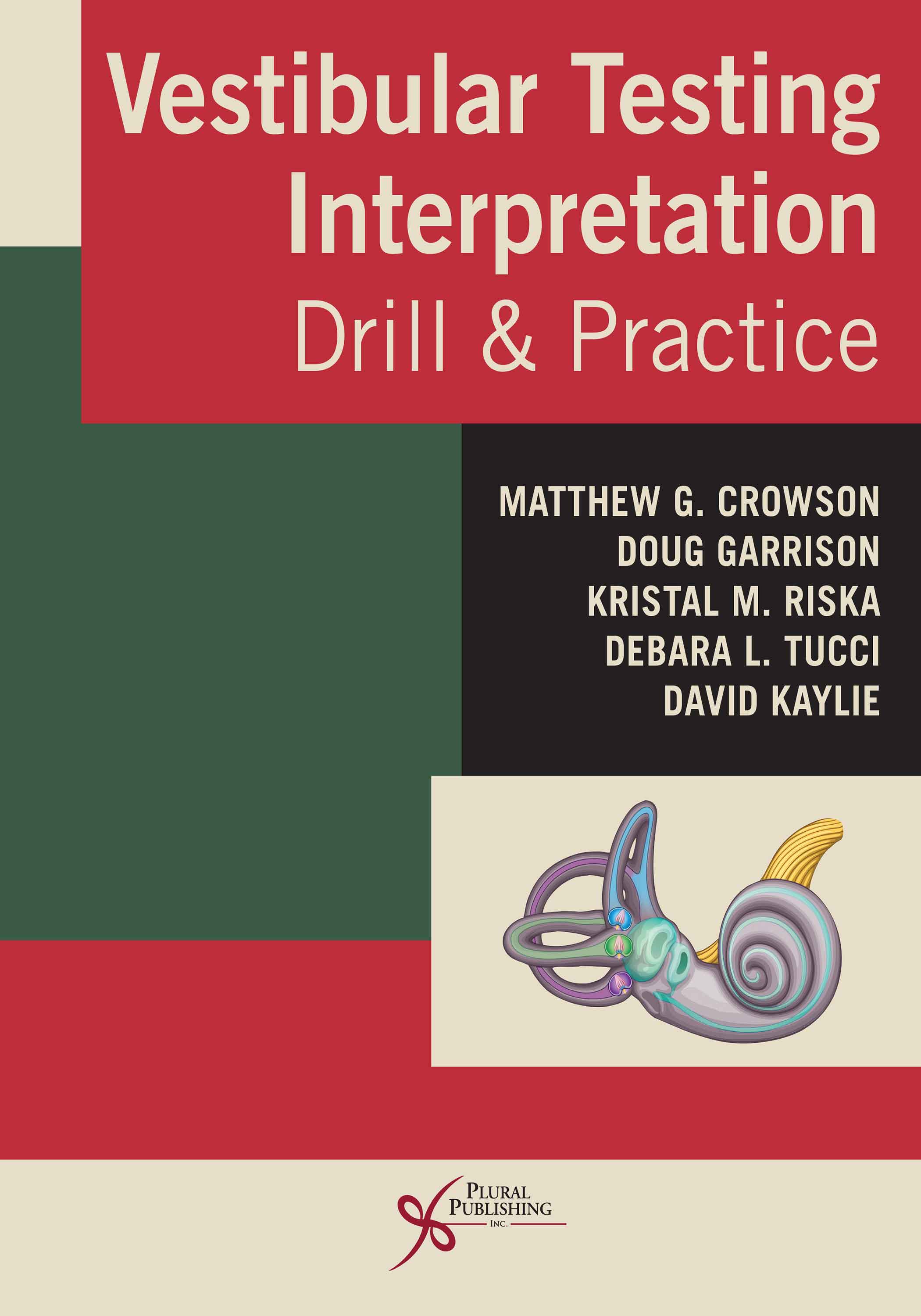
Vestibular Testing Interpretation: Drill and Practice
First Edition
Matthew G. Crowson, Douglas B. Garrison, Kristal M. Riska, Debara L. Tucci, David Kaylie
Details: 145 pages, B&W, Spiral, 8.5" x 11"
ISBN13: 978-1-63550-105-6
© 2020 | Available
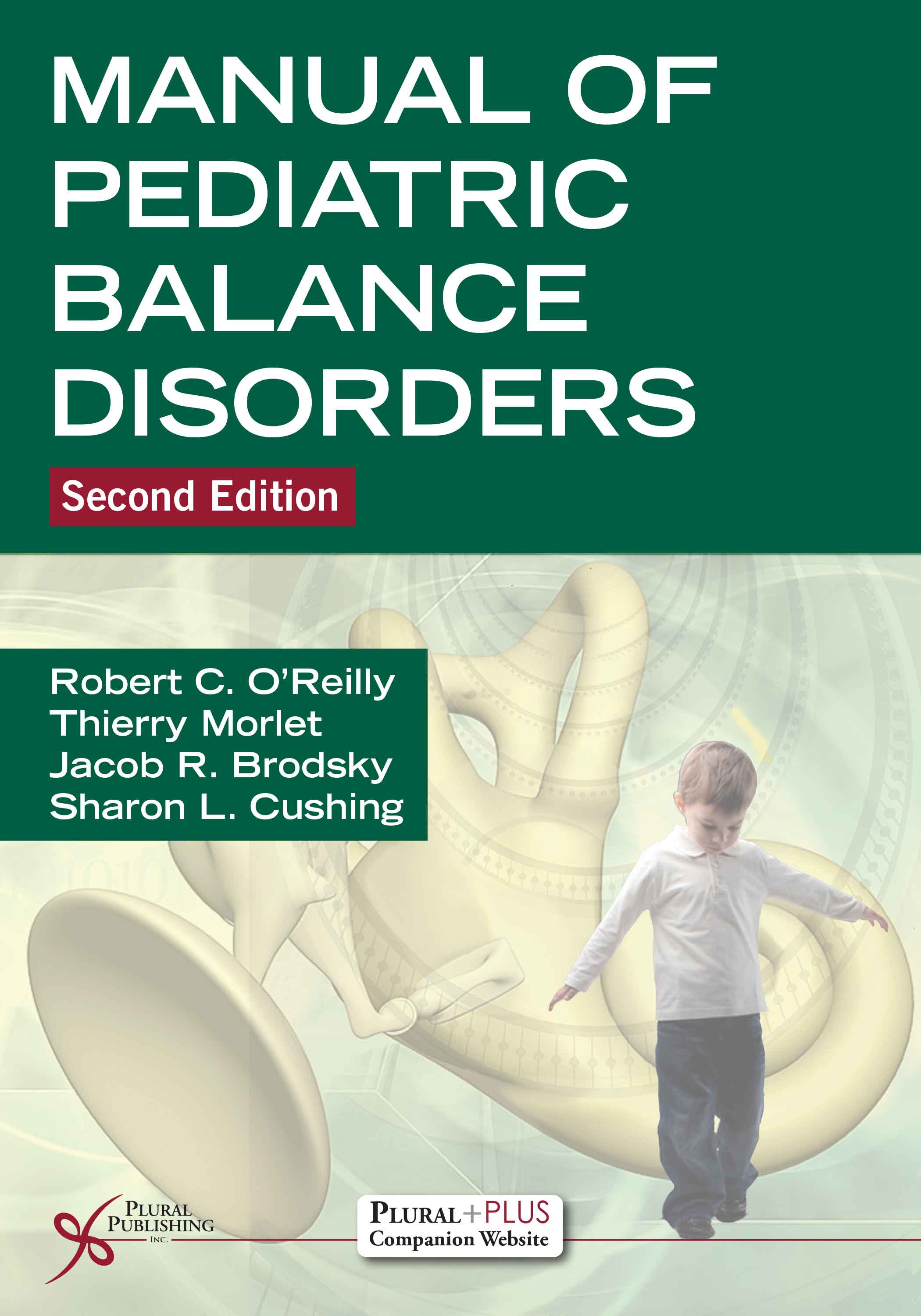
Manual of Pediatric Balance Disorders
Second Edition
Robert C. O'Reilly, Thierry Morlet, Jacob R. Brodsky, Sharon L. Cushing
Details: 458 pages, B&W, Softcover, 7" x 10"
ISBN13: 978-1-63550-146-9
© 2020 | Available
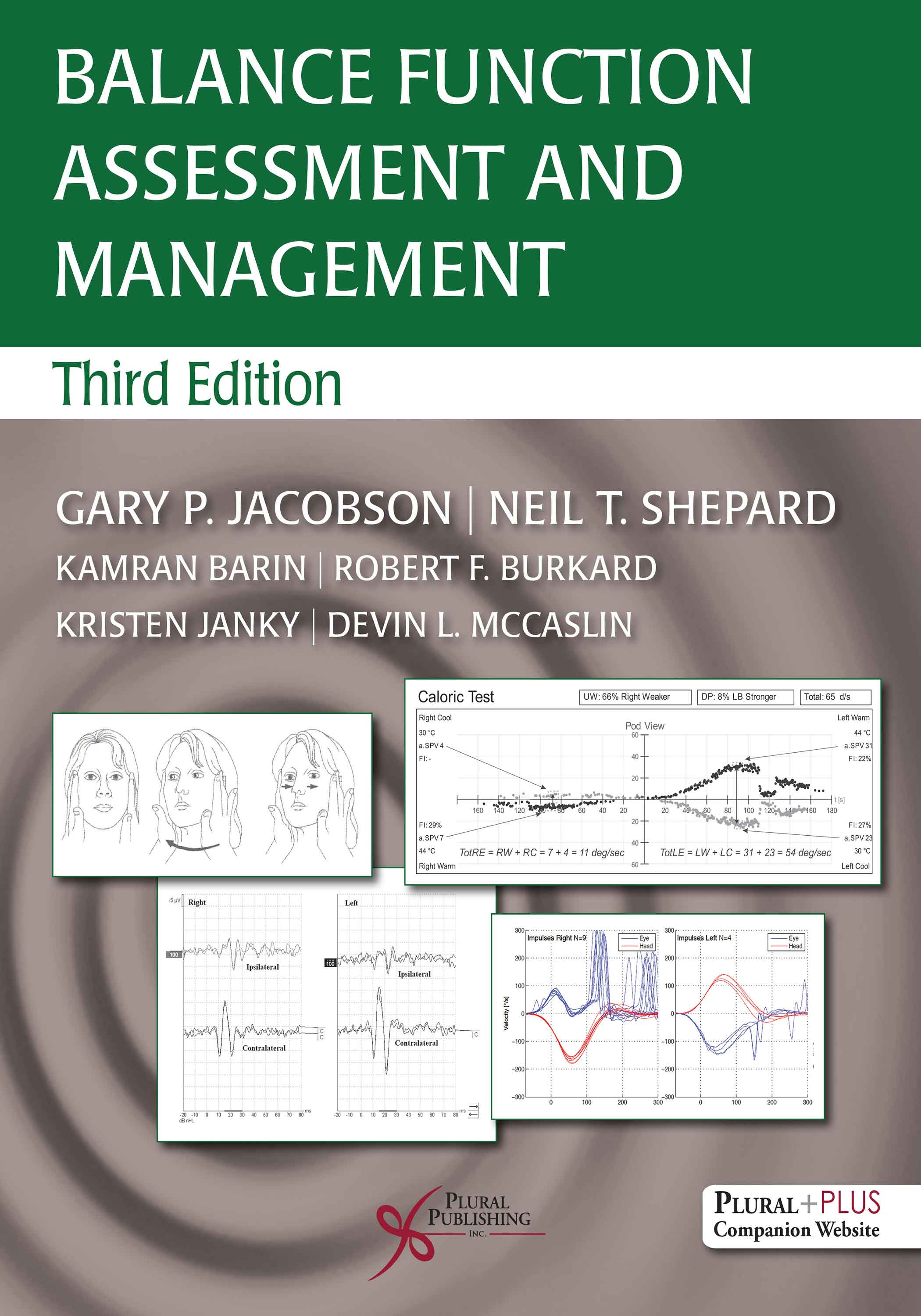
Balance Function Assessment and Management
Third Edition
Gary P. Jacobson, Neil T. Shepard, Kamran Barin, Robert F. Burkard, Kristen Janky, Devin L. McCaslin
Details: 717 pages, B&W, Hardcover, 8.5" x 11"
ISBN13: 978-1-63550-188-9
© 2021 | Available
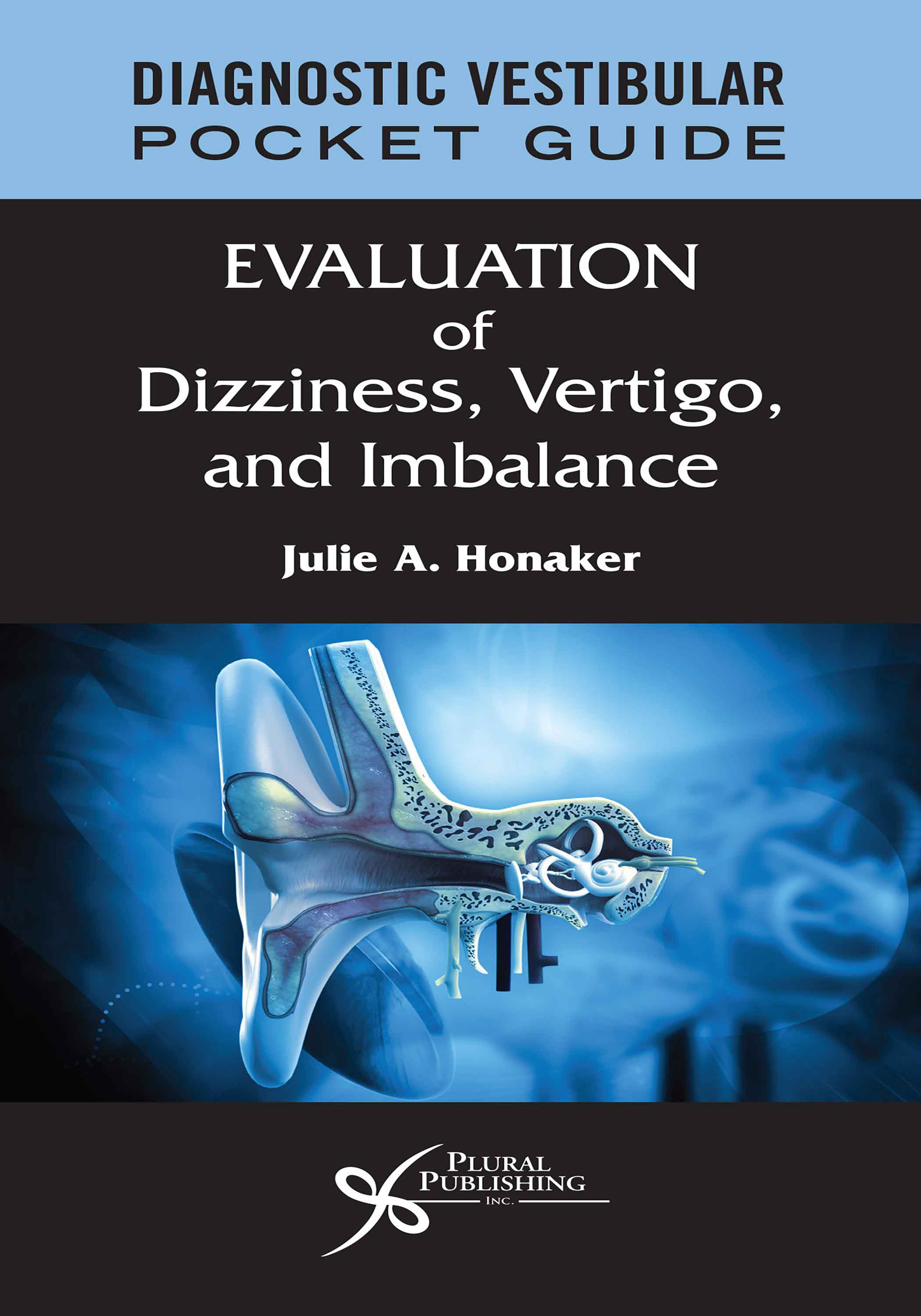
Diagnostic Vestibular Pocket Guide: Evaluation of Dizziness, Vertigo, and Imbalance
First Edition
Julie A. Honaker
Details: 288 pages, B&W, Softcover, 4.5" x 8"
ISBN13: 978-1-63550-312-8
© 2021 | Available

